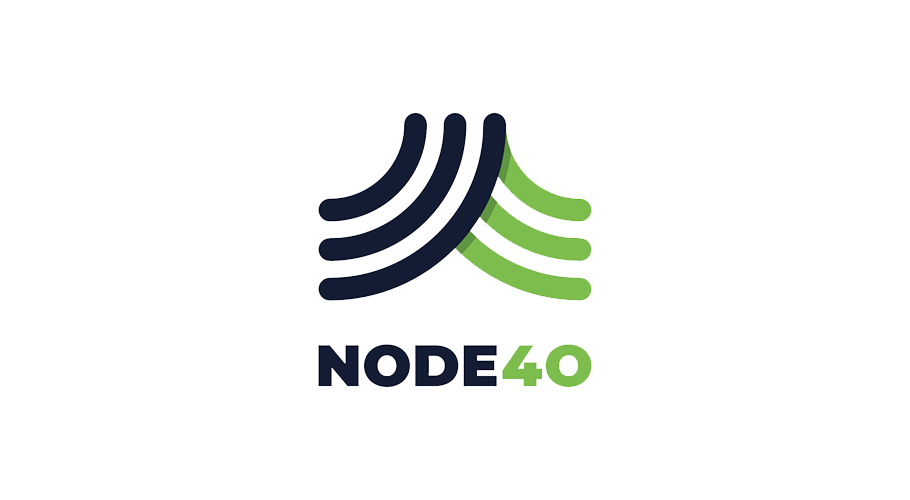The chance that crypto traders have underwithheld on their taxes in 2018, despite the falling markets offering tax relief to many, is higher than expected. A recent report by the Government Accountability Office (GAO) indicates that 21% of taxpayers, more than 30 million people, may owe taxes due to underwithholding in 2018.
Crypto traders have until Jan. 15, 2019, to avoid a penalty with their final estimated payment for 2018. The IRS imposes penalties for failing to pay sufficient tax during the year through withholding or estimated payments, as well as for failure to pay the required installments on time.
An underpayment penalty will apply if the amount withheld (or paid through estimated taxes) is less than the taxpayer’s safe-harbor amount. Safe-harbor amounts will differ based on individual circumstances but for those with Adjusted Gross Income (AGI) of less than $75,000 in 2017, tax payment must be 100% of their actual 2018 tax due or at least 90% of their 2017 obligation. For those with a 2017 AGI over $75,000, the payment must be 100% of their actual 2018 tax due or at least 110% of their 2017 obligation. If a penalty applies, it is typically 0.5% of the amount owed for each month that amount was unpaid.
Perry Woodin, CEO of NODE40, pioneers in cryptocurrency taxation reporting software that integrates directly with major exchanges said: “Penalties are time-based, so they are imposed on each underpayment for the number of days the tax remains unpaid. Crypto traders shouldn’t worry if they’ve missed a payment, simply file and pay as soon as you can.”
Despite the abysmal rates of crypto reporting for taxation purposes in the United States–a number which is estimated to be below 1% of investors according to some reports, investors who receive interest, capital gains and dividends from sales of investments and so on, are likely to be caught up in the IRS’s crosshairs on the quarterly estimates.
The convoluted nature of the United State tax code is thought to be the catalyst for many as to why they have avoided reporting their tax liabilities, as Woodin explains: “One complaint we continue to hear is that paying tax on cryptocurrency is confusing or complicated. Although not explicitly spelled out in the guidelines, specific identification of each piece of digital asset received should and can be tracked from receipt to disposition as it is moved from wallet to wallet or from exchange to exchange.
“Software exists today to manage this activity and we believe it’s the only way to irrefutably account for income, gains, and losses. Only through specific identification can one calculate gains and losses that may be independently verified by auditors.”
To help crypto traders understand their tax liabilities for the last quarter of 2018 (Sept 1st – Dec 31st) NODE40 Balance generates a comprehensive transaction report that can be used to calculate the estimated tax.





















